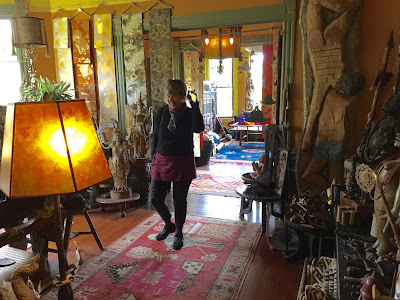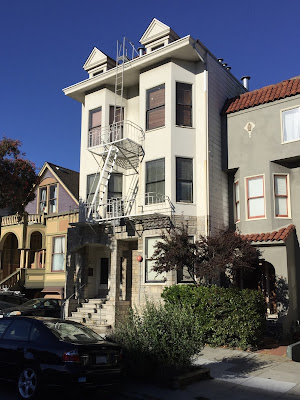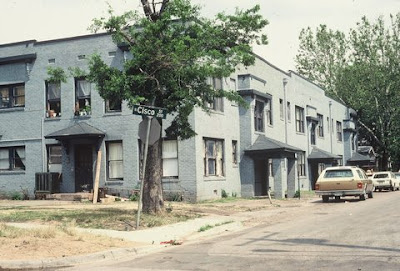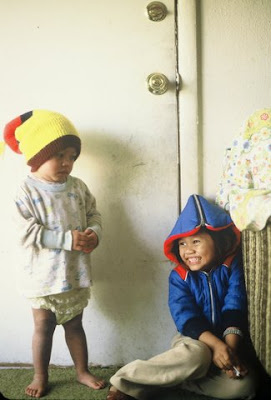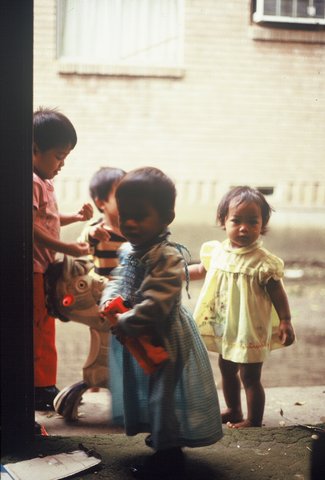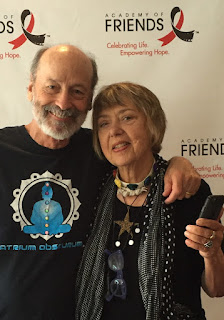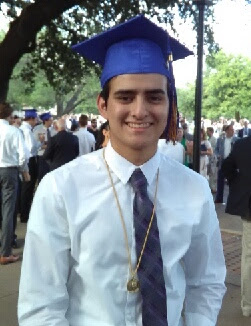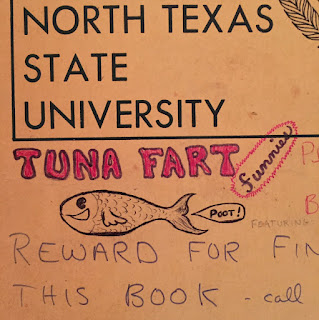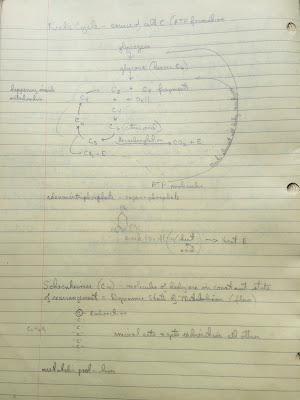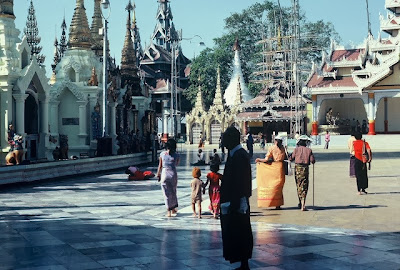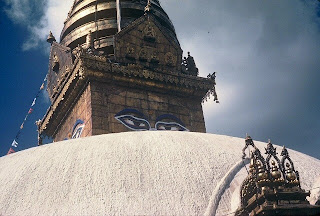Dallas: the fireflies are out tonight. 4 o’clocks and Mexican tarragon perfume the air.
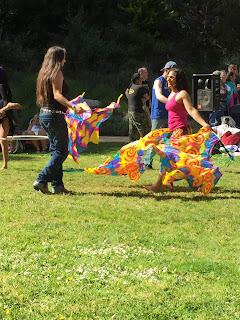 |
| Flagging |
It was a month to remember. David and I spent time together almost every day. And there were so many nice lunches and dinners (Eureka!). Living so close – just a few blocks from one another. It’s a special and immeasurably good feeling to run into David and Charles on Castro or Market or Noe, in our community.
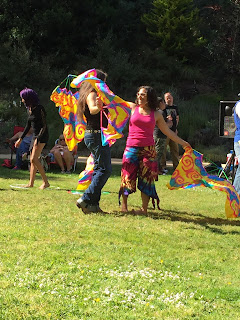 |
| Flagging |
We went to Flagging in the Park – a beautiful tribal gathering in the meadow at the National AIDS Memorial Grove. Where Leslie’s ashes are. Where there is a partially buried stone inscribed, Sweet Leslie (from David and Charles). Where I held many small ceremonies for Leslie. Where on this day, we’re piled up on a blanket at the edge of the meadow. Happy!
—————–
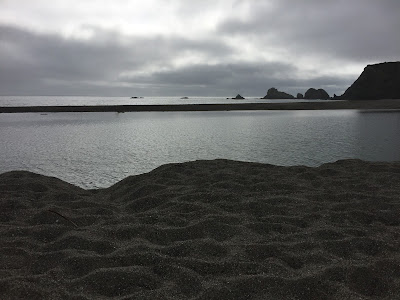 |
| Mendocino |
So much happened this trip that it’s difficult to recapture even the sequences, so I’ll write with small regard for what happened when and the photos are also out of sequence (but I don’t think you’ll mind that). Late April into late May in San Francisco with David and in Berkeley and on Highway 1 with Jean. By way of introduction, Jean’s website is here. We share many similar interests and values. This is a good time.
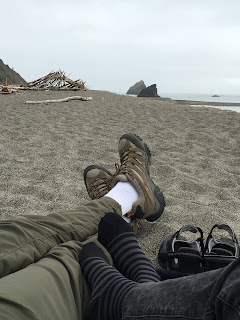 |
| Mendocino |
Headed south from Berkeley to Aptos, a little town next to Santa Cruz where Jean was to give a talk to a weaver’s guild. Traffic was heavy until we got over the mountains. Finally a mad dash into a coffee shop where she hesitated at the car and I dashed on in to the restroom. Ahhh, Knock-Knock, “Hurry up.” I opened the door and she came in and not that I ended up peeing in the sink while she used the commode… but if I did, I rinsed it out with care. Whew! A relationship building exercise. On to the weaver’s guild venue (a little late) into a forest where we unloaded the art Jean would use for her presentation.
I left her there and went to the beach where I lay on a sarong in the sand listening to the surf tumbling in and shwoooshing out; in and out; in and out; hypnotizing. Back to the weaver’s place, load the car, head north via a back road to La Honda. La Honda, where the Merry Pranksters, Ken Kesey, Mountain Girl, Wavy Gravy and all had a scene among the redwoods.
Into the mountains to the gate to the road where Jean’s friends live in a handmade home on steep acreage among the redwoods. But before we got to the house we stopped to walk into the forest. Faerie circles in the redwood forest.
The woman is an artist and close friend of Jean’s; her husband a creator of metal sculpture, buildings, roads, whatever is needed for a beautiful life in the forest. Good fellowship, good hot tub, good food, good cannabis, good times.
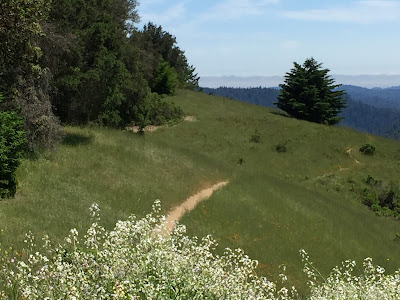 |
| La Honda |
——————–
Other friends visited:
A home in Richmond – altar on the way in past the flowers, into a home of colors and textures and a magical hallway. Artists, makers, wonderful things. A lovely, relaxing evening. Someone put on Positively 4thStreet, a song I’d been listening to earlier. Three of the four of us have lost a spouse, all were deep in the 60s, so lots of understanding.
Potrero Hill, an extended family, an attorney and a musician. More easy times – which is very good for a not-very-sociable me. The attorney elicited a lot of information from me in a short while – which also was good as I’m not wont to volunteer a lot of personal information.
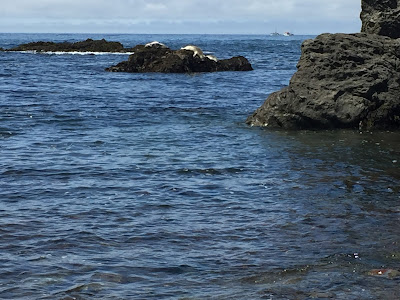 |
| Mendocino (seals) |
Richmond Hills, up the longest front steps in the world and at the top, a home and a love story for the ages. Late, late in life he was looking at some art on the internet and clicked on one of the graphics to discover that the artist was his lost love from 40+ years ago. He contacted her and they fell in love all over again and here they are a couple of years later, together. Another wonderful evening.
——————–
N Judah to Civic Center BART to Berkeley. Another afternoon and evening with Jean in the Berkeley Hills with Golden Gate Bridge far in the distance, sun setting over the Bay and Mount Tamalpais, lights in the fog…
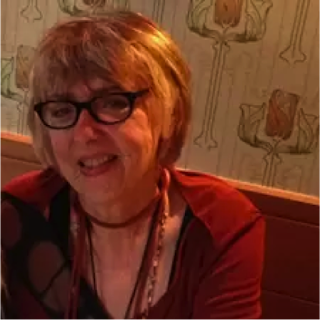 |
| Jean at Chez Panisse |
In the morning driving north across the Richmond-San Rafael Bridge, past San Quentin, up the highway, into wine country, into the endless redwood forest, and then the sea, the headlands, the rocks, the hills around Mendocino. Mendocino! The land of my dreams!
Then Fort Bragg, which looks like the former army town it is, but then down a long road and more redwoods into The Garden at Roads End. I’ve never seen so much extravagant beauty in one place. As if the eight acres of Roads End wasn’t enough, we walked far into the Mendocino Area Botanical Gardens – rhododendron forests, foxglove blooming everywhere, roses, wonderful.
We had a beautiful and romantic several days in this place of unparalleled beauty. On the beach, the headlands, restaurants, forest, garden, hot tub, wine country (I even kind of went to a wine tasting), California dreamin’ yeah.
Deep gratitude.
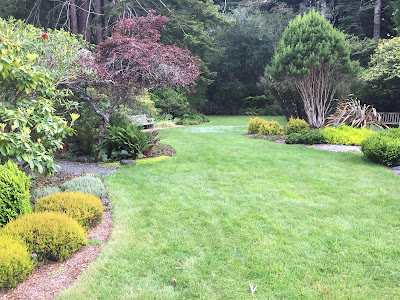 |
| The Garden at Road’s End – eight acres of redwoods and flowers |
